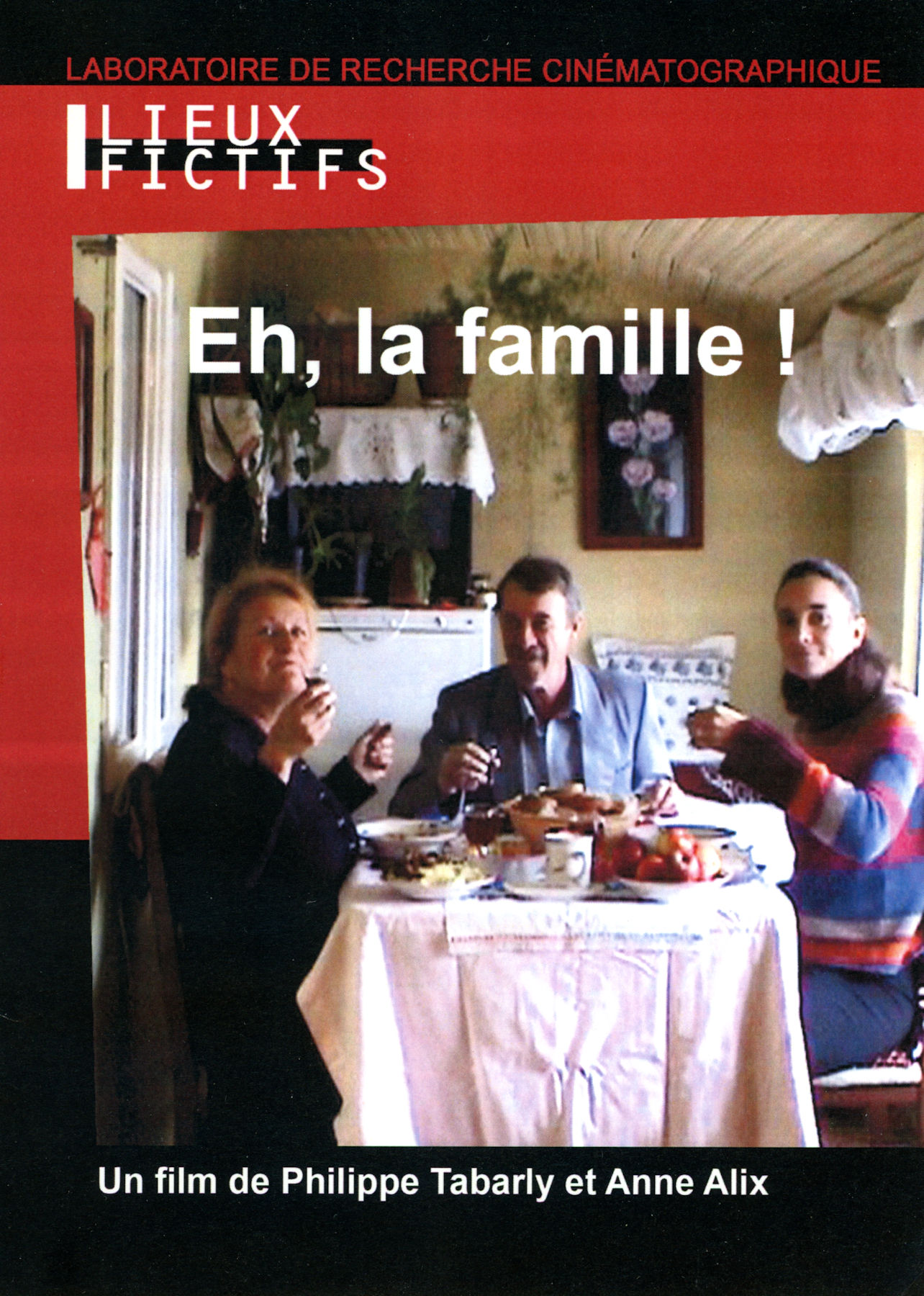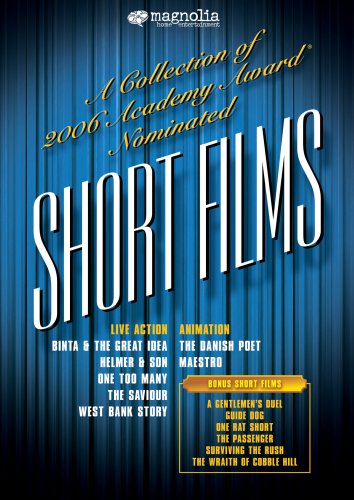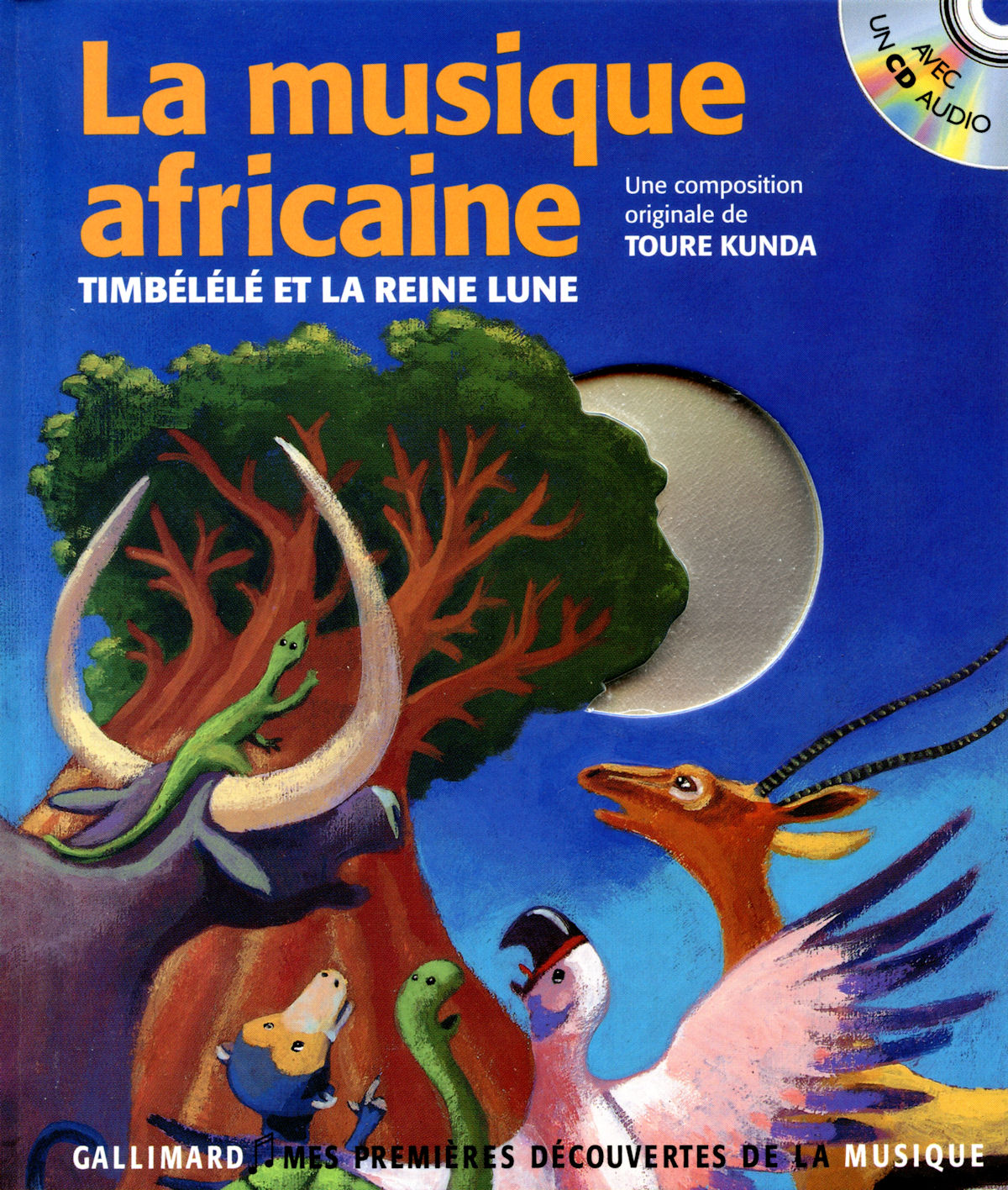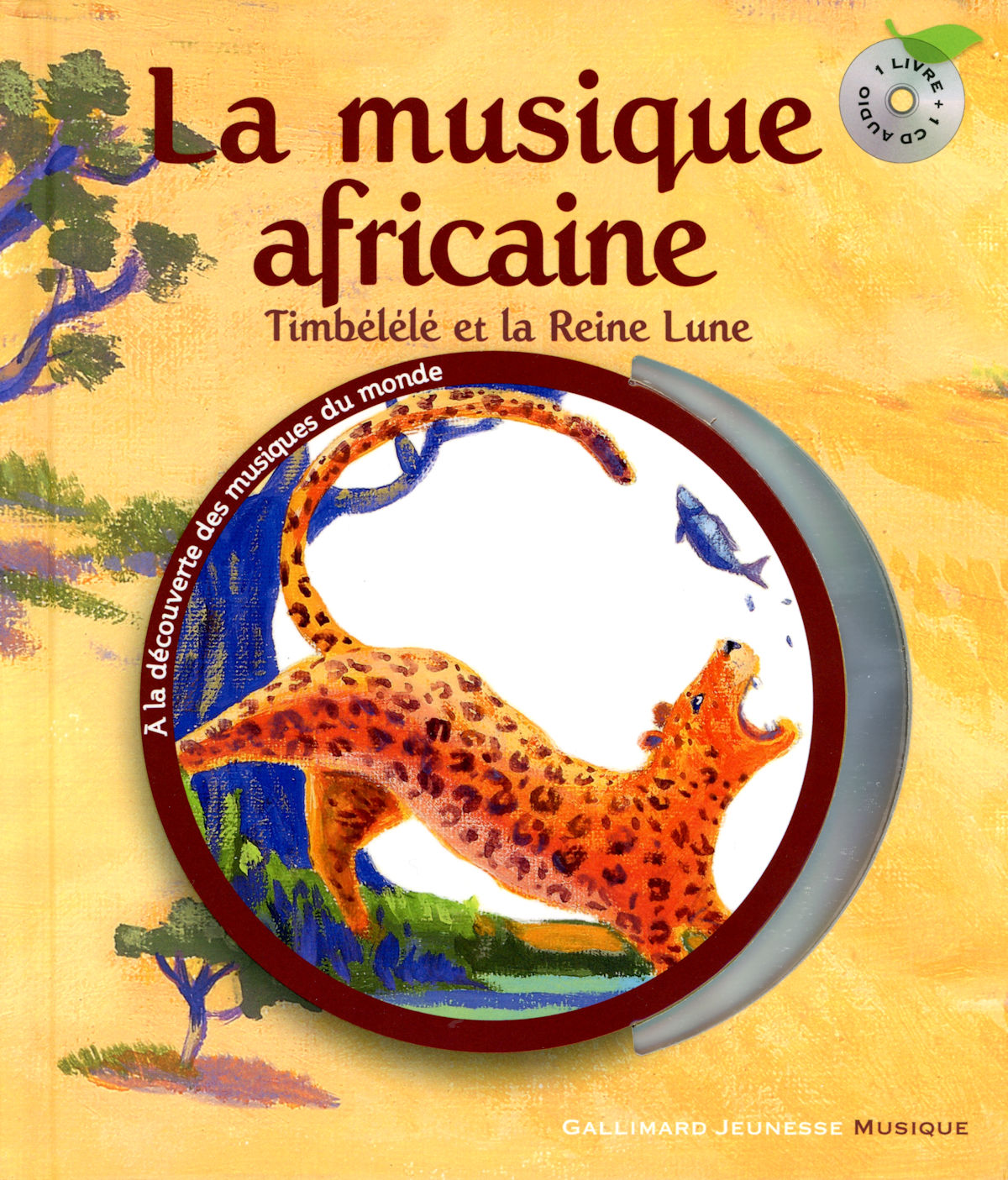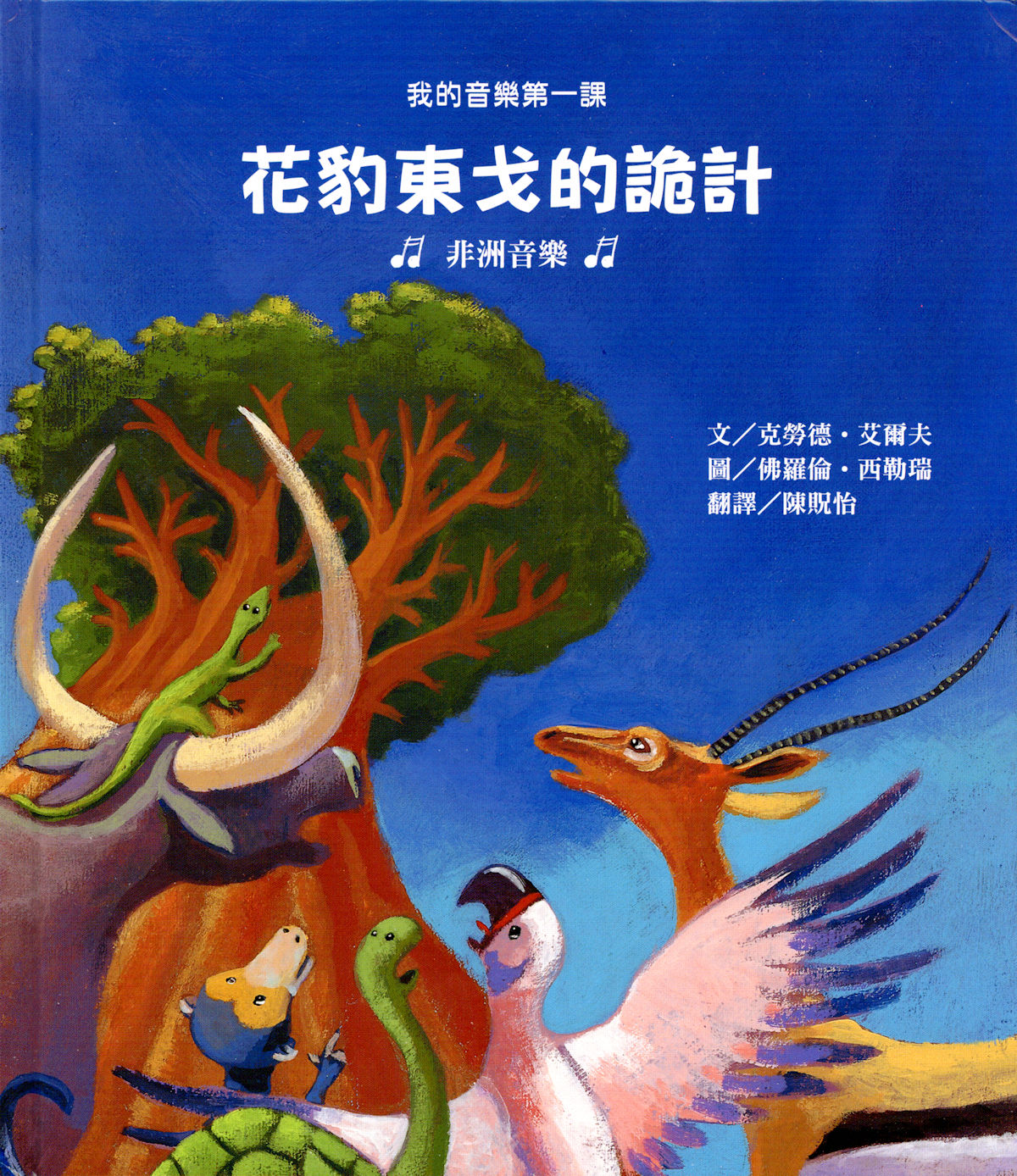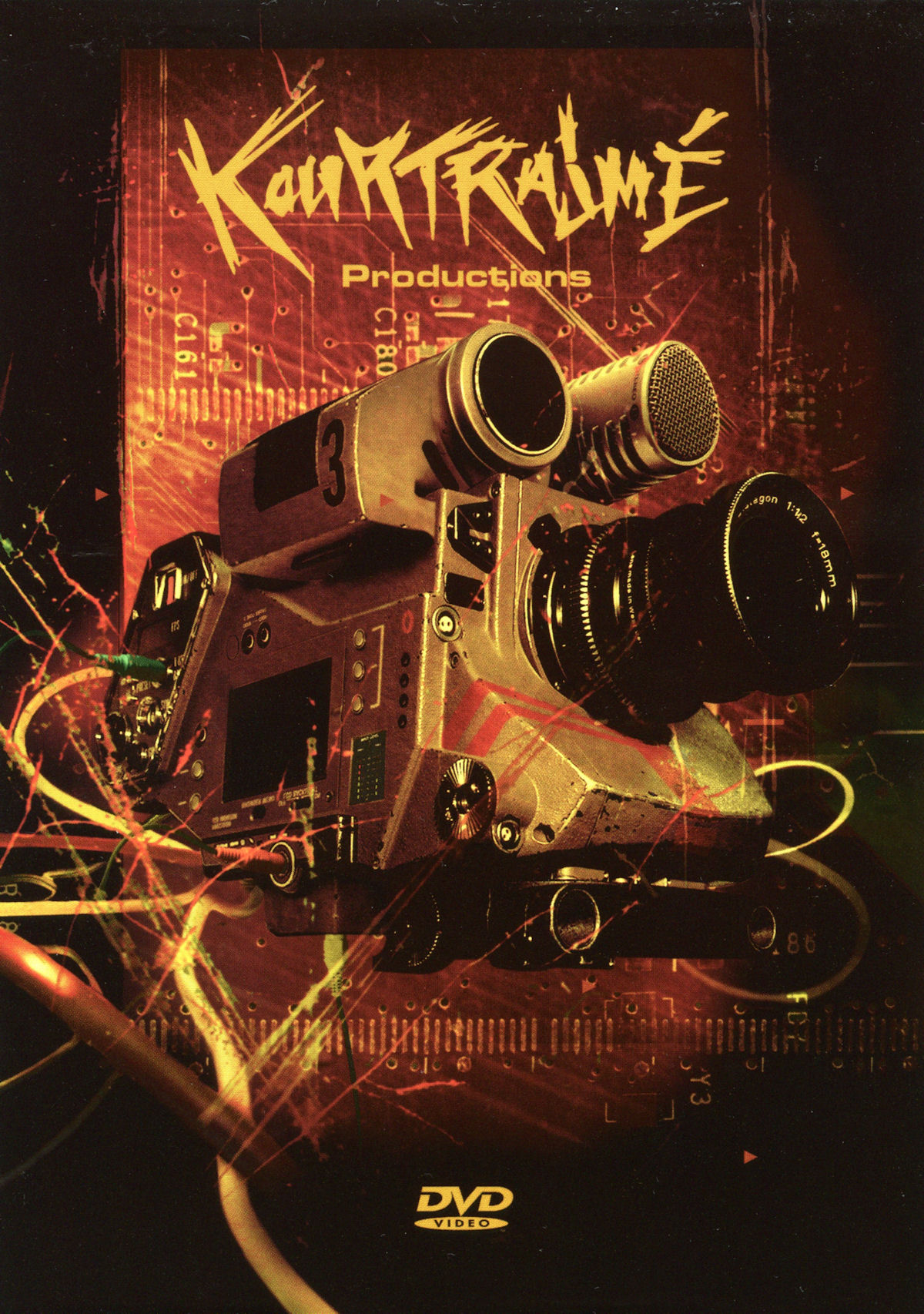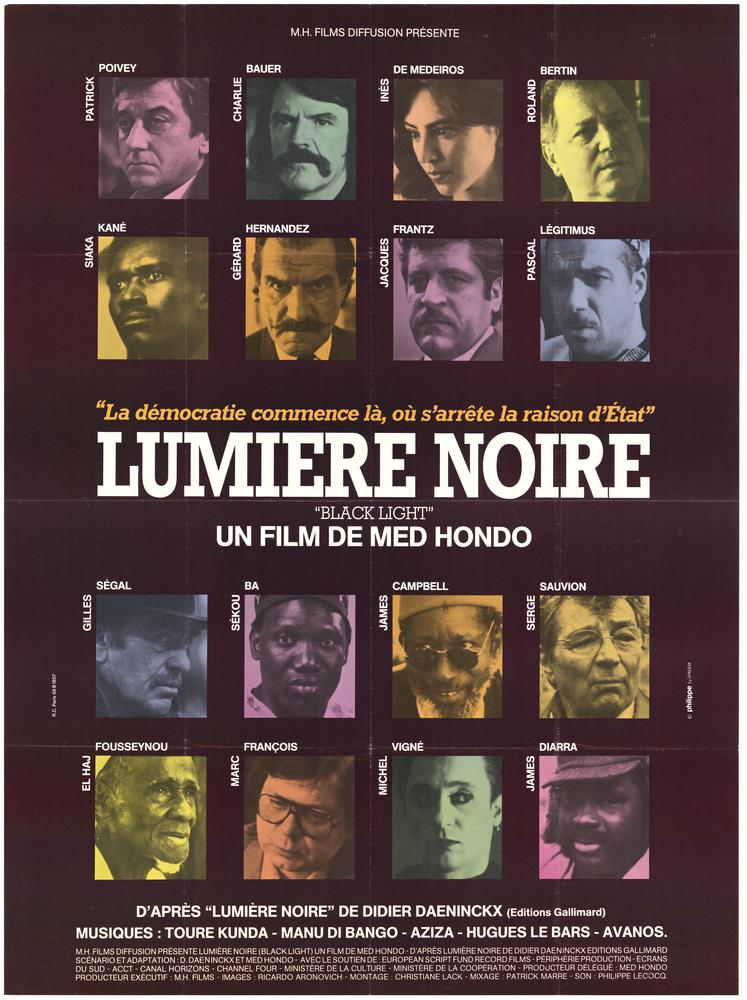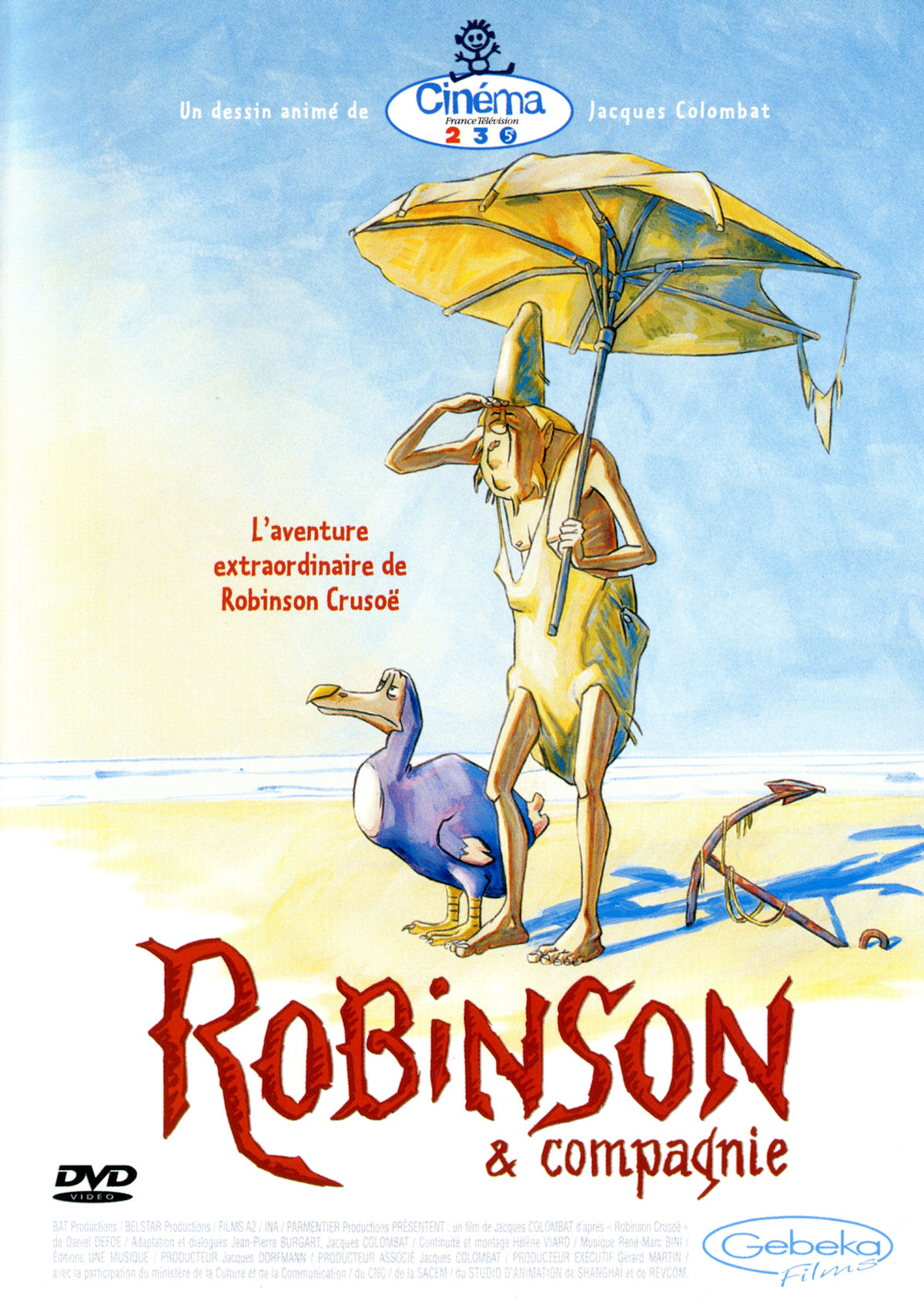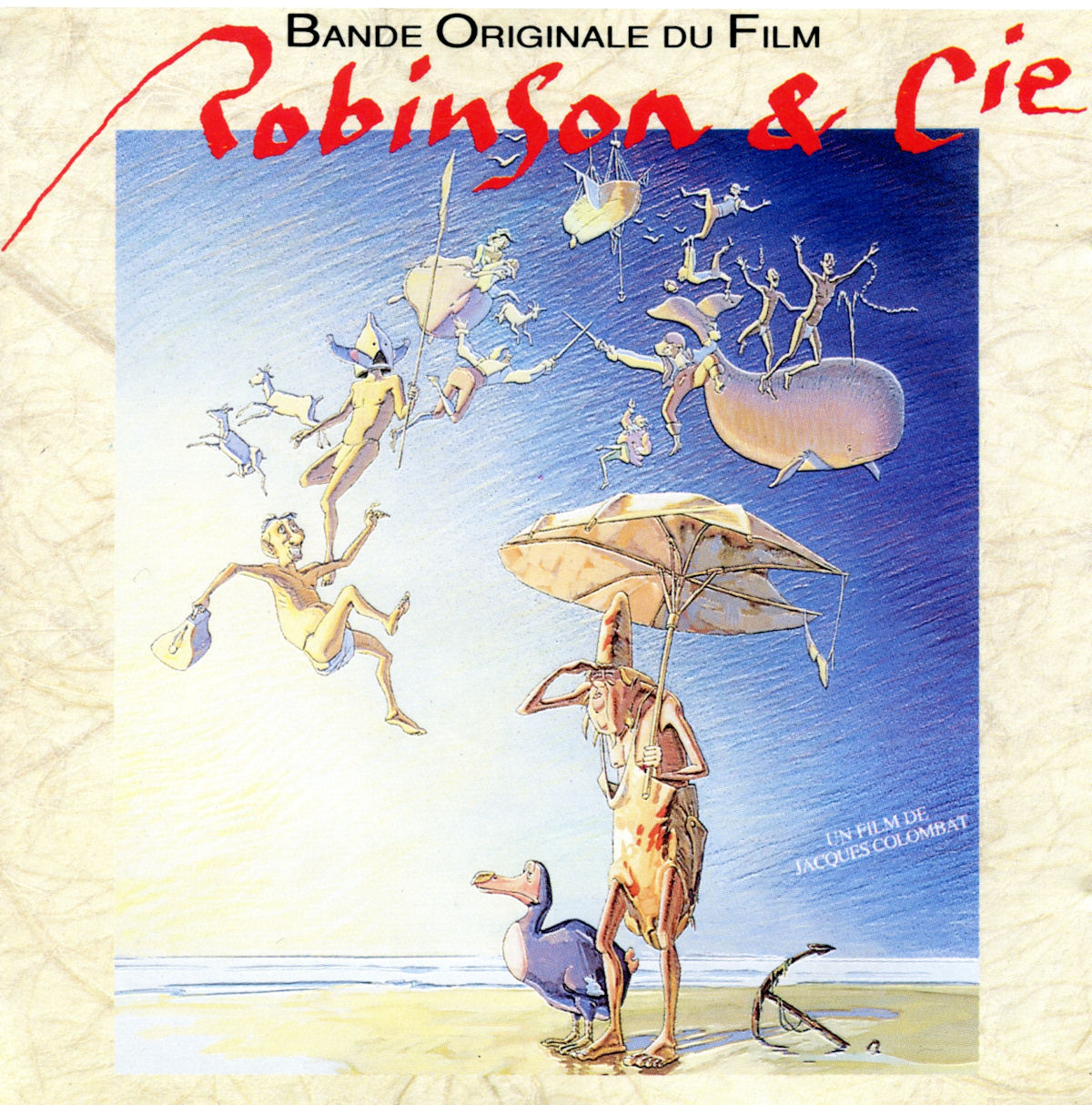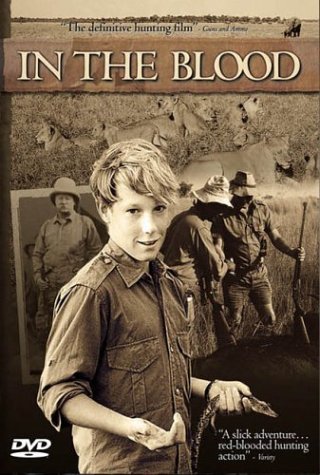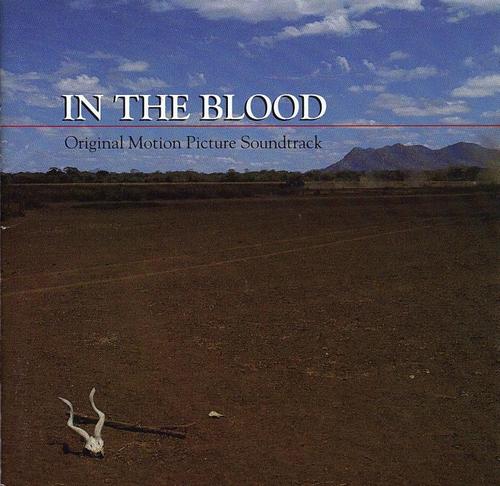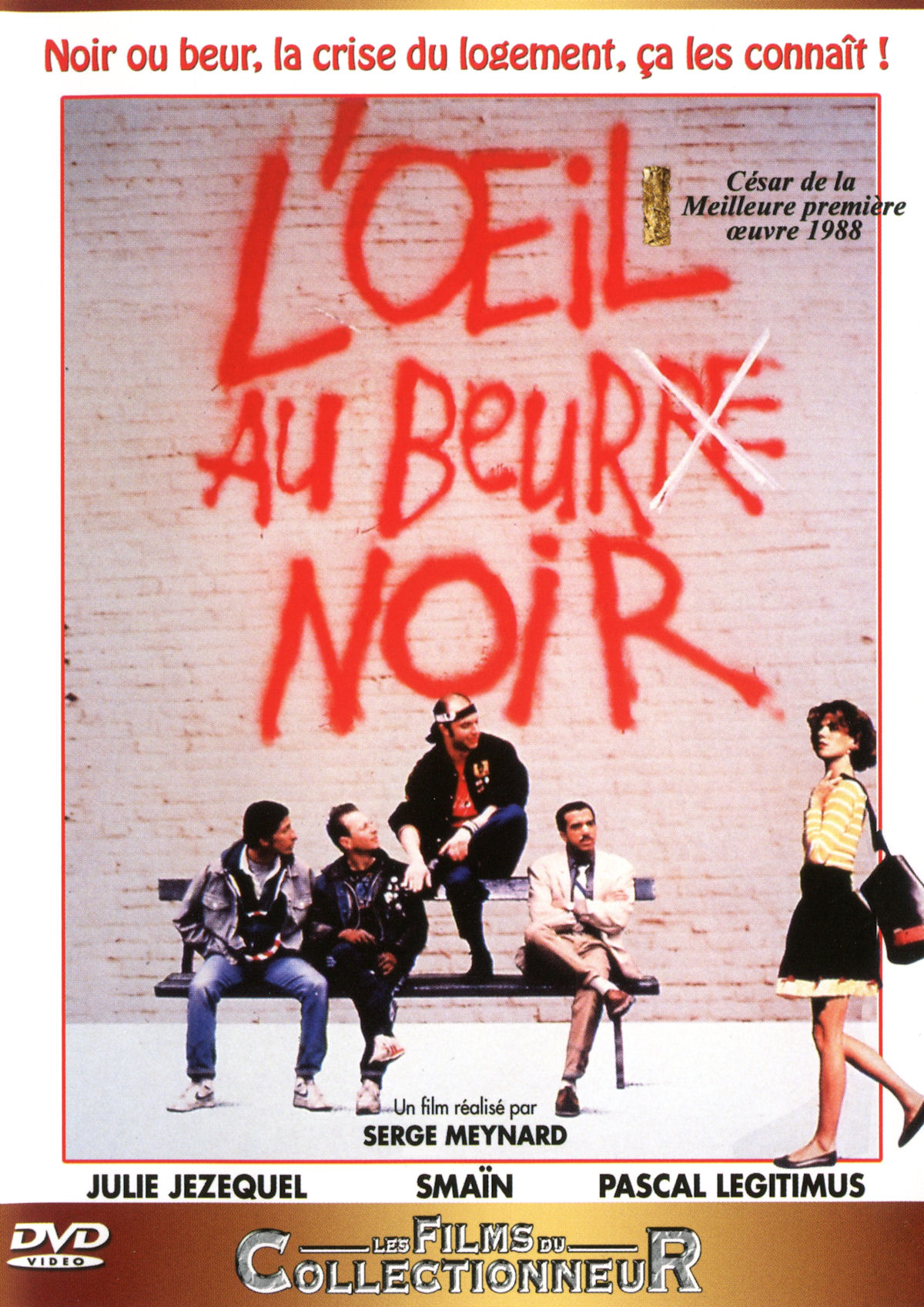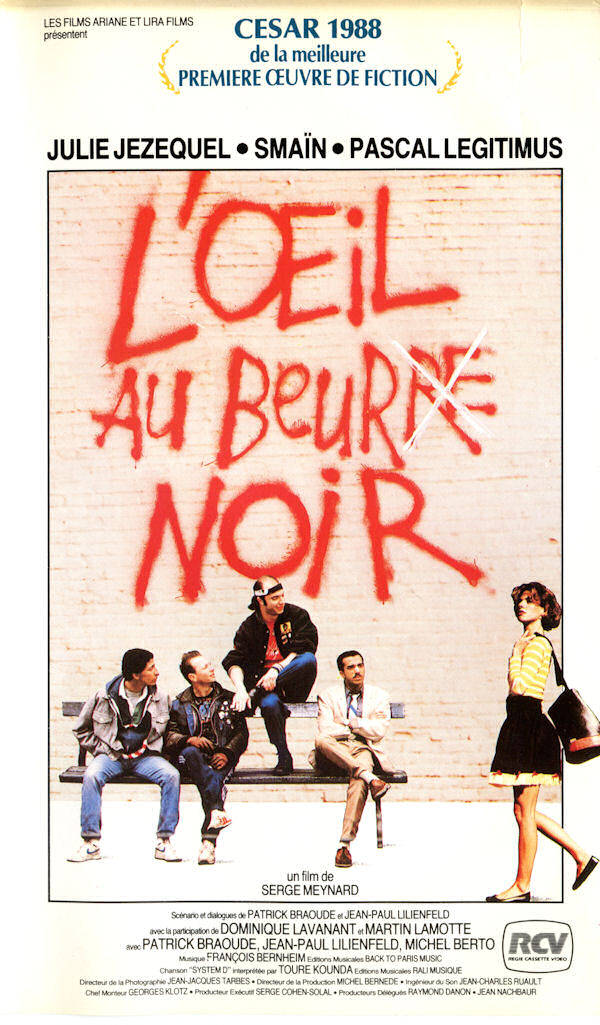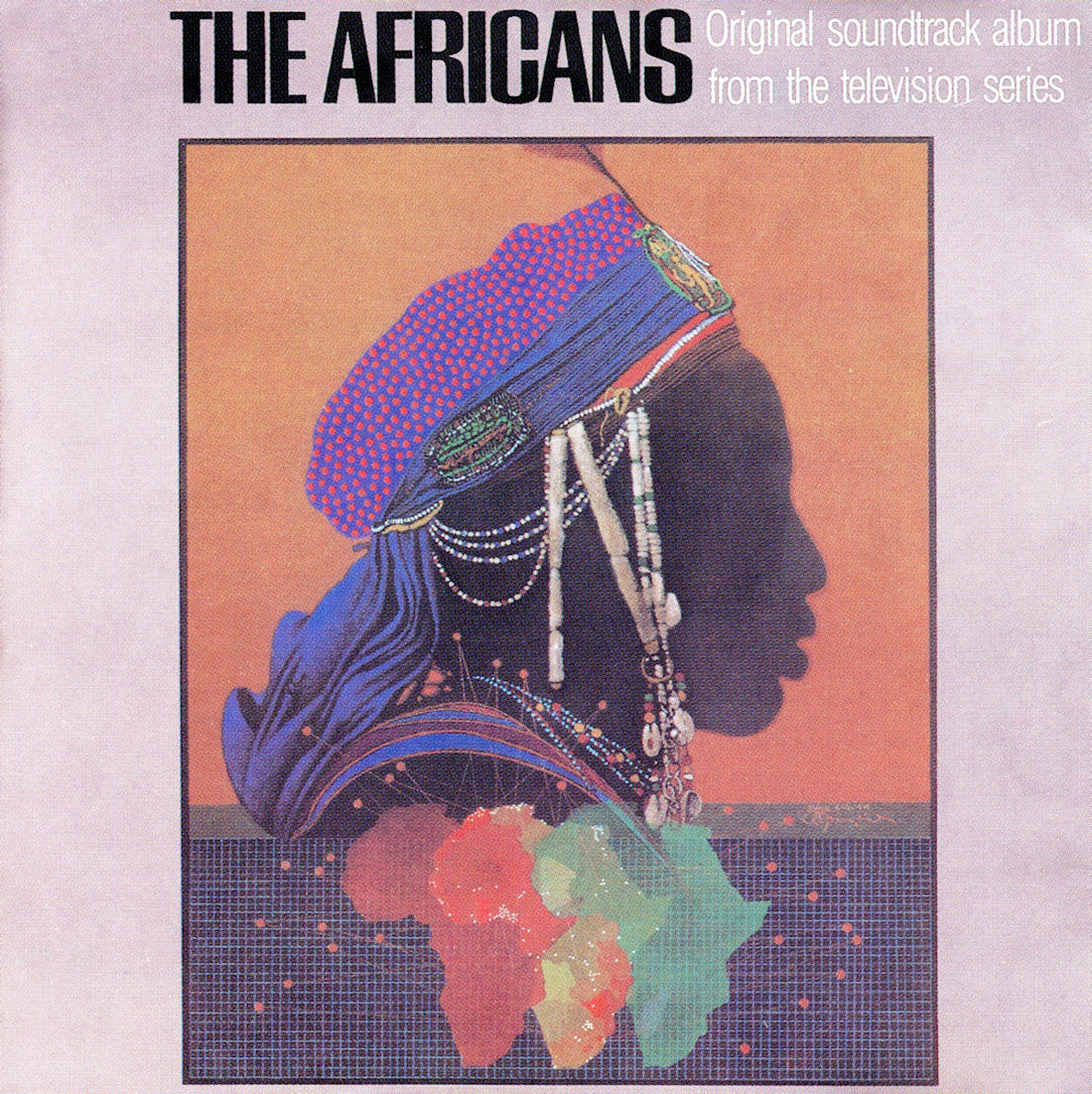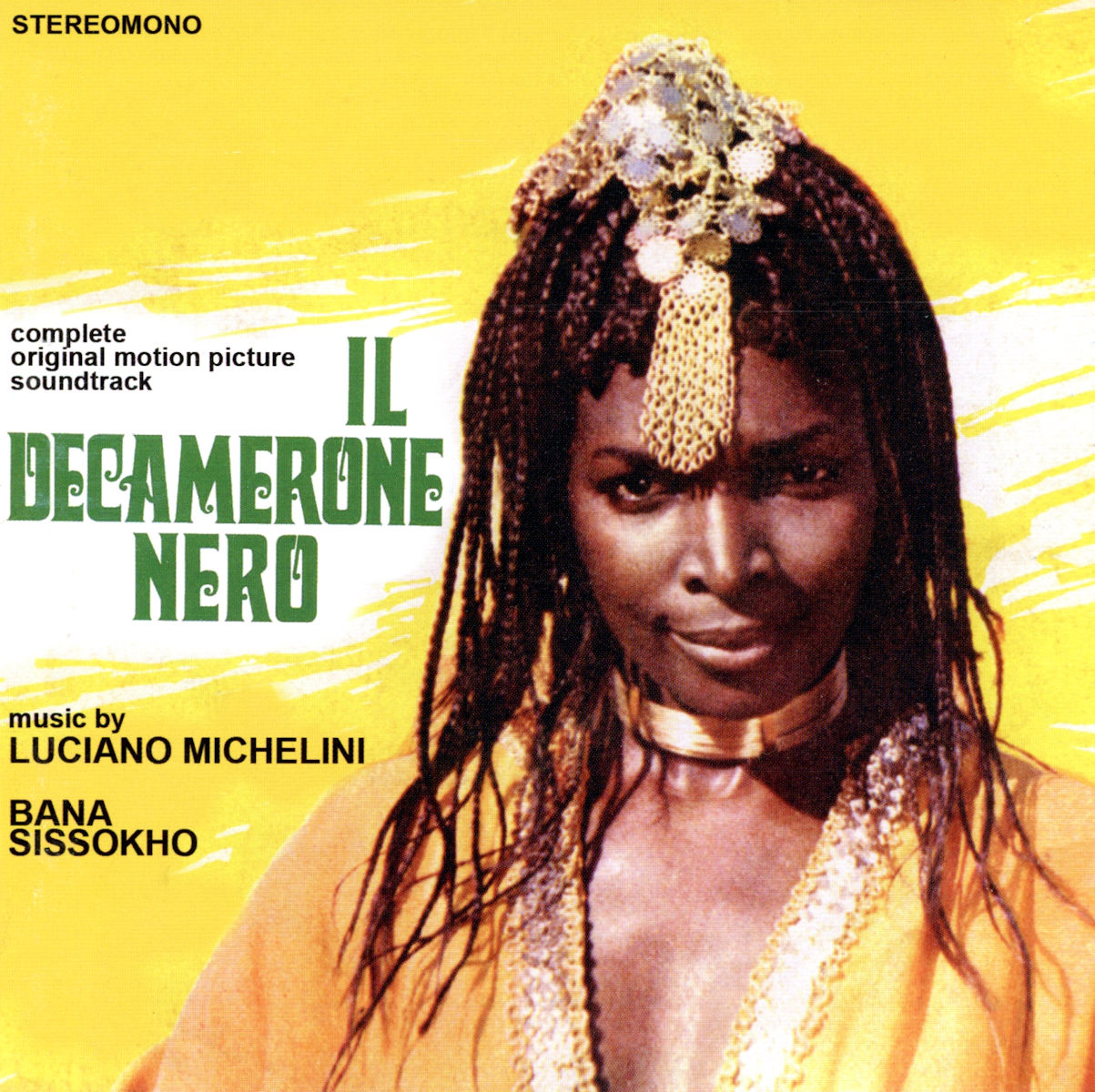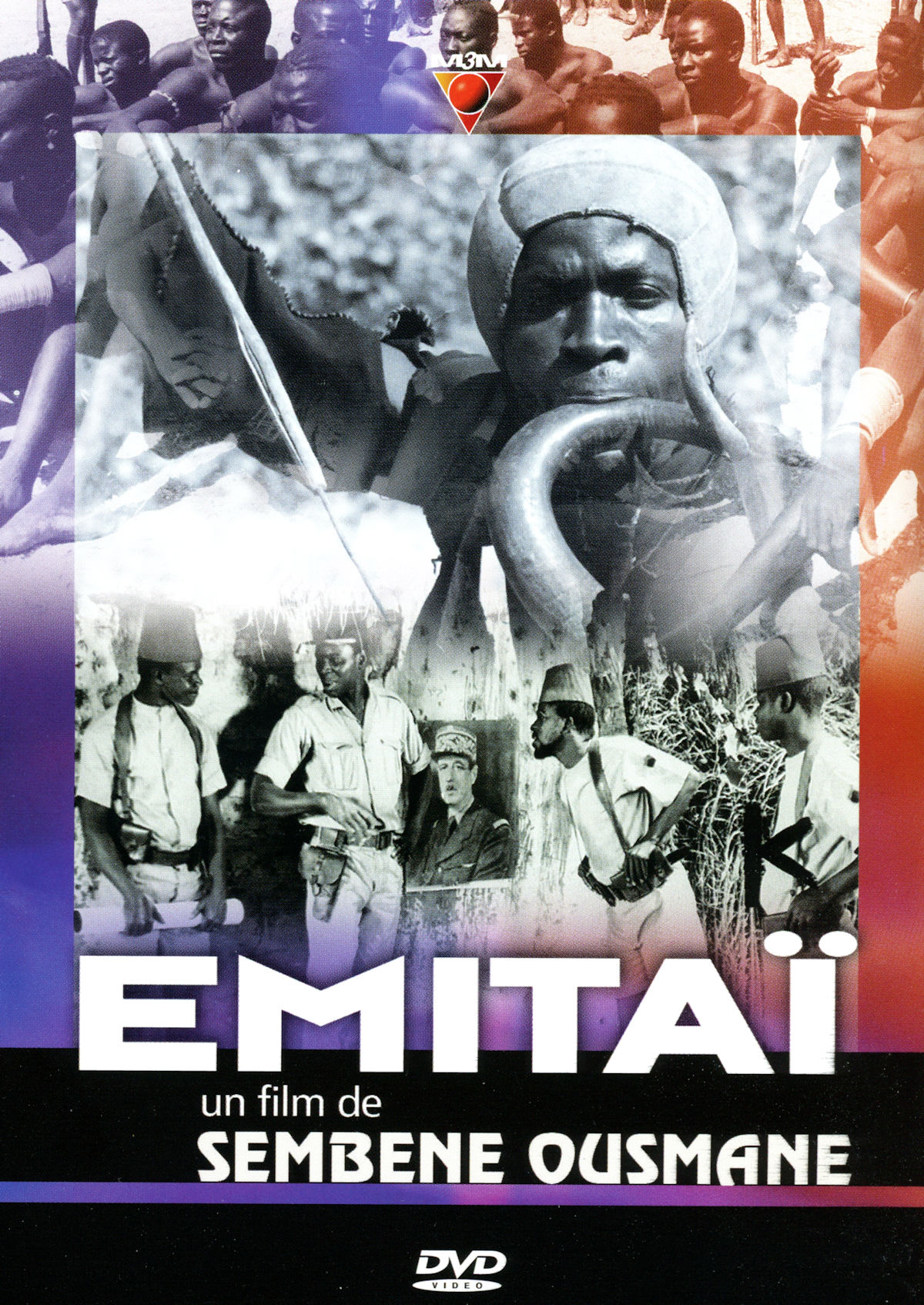|
Home > Touré Kunda: Overview > Touré Kunda: Film & Other Soundtracks | |
. | |
The Touré Kunda Discography | |
Touré Kunda: Film & Other Soundtracks | |
|
(No image available) |
Tugël, Au Bout Du Petit Matin (2014)Video release: DVD video Soundtrack release: (None) Description: Short film (25 minutes) directed by Ousmane Dary. The soundtrack includes Touré Kunda's "Rapada" (from Terra Saabi). |
|
(No image available) |
Cameroun, Toutes À L'École (2013)Video release: (None) Soundtrack release: (None) Description: Documentary film (52 minutes) directed by Mehdi Kahtane. The soundtrack includes a version of Touré Kunda's "Fatou Yo" that sounds like an audience recording of a live performance. |
|
|
Eh, la famille ! (2007)Video release: DVD PAL video / Lieux Fictifs / France Soundtrack release: (None) Description: Documentary film (121 minutes) in French directed by Anne Alix and Philippe Tabarly, who led an audiovisual workshop with inmates of Les Baumettes prison in Marseille about the absence of family and its repercussions. Includes a segment (1:35:16 to 1:42:48) of Ismaïla Touré facilitating discussion with participants. The segment begins with a portion of Touré Kunda's "Izquichor" (from Santhiaba, released in 2008) and ends with Ismaïla and participants chanting lyrics from a portion of "Salam" (from Salam). Co-director Anne Alix kindly provided some background about Ismaïla Touré’s involvement by email dated 2024-09-02:
Link: Lieux Fictifs - Eh, la famille ! (French) |
|
|
Binta Y La Gran Idea (Binta And The Great Idea) (2004-10)Video release: A Collection of 2006 Academy Award Nominated Short Films - DVD NTSC video / Magnolia / 10084 / US (2007-05-01) Soundtrack release: (None) Description: Short film (30 minutes) from Spain directed by Javier Fesser to benefit UNICEF. Includes Touré Kunda's "Diboukokou Lambe" (from Terra Saabi). The story centers on Binta, a Senegalese girl, who decides to help her father with his great idea. Other music includes Papa Wemba / Lokua Kanza ("Awa Y'Okeyi / If You Go Away"), Salif Keita ("Tekere"), The Drummers of Burundi ("Extract"), Ali Farka Touré ("Cousins"), Baaba Maal ("Yodelle Mann"), and Keita / Manfila ("Moussoldu"). |
|
|
La Musique Africaine - Timbélélé Et La Reine Lune (2003-09-15)Book & CD 5" album, 36 pages, 15.6 cm x 18.2 cm / Gallimard Jeunesse / ISBN 2-07-055564-X / France Book & CD 5" album, 36 pages, 15.6 cm x 18.2 cm / Gallimard Jeunesse / ISBN 978-2-07-062114-9 / France (2008-10-30) 花豹東戈的詭計: 非洲音樂 - Book, 36 pages, 19.1 cm x 21.9 cm / Taiwan Mac Educational / ISBN 978-986-203-415-6 / Taiwan (Chinese edition, without CD) (2012) Description: Children's book with accompanying CD of the story narrated over original music composed and performed by Touré Kunda. The acoustic music includes elements of the Touré Kunda songs "Koutourou", also known as the introduction to the live version of "É'mma", and "Cindy". The CD also includes brief demonstrations of various African musical instruments and vocals. The 2012 Chinese edition is larger format and excludes the CD. The story was written by Claude Helft, and apparently dates to 1949. Illustrated by Florent Silloray. The book is part of the publisher's series "Mes Premieres Découvertes De La Musique". Musicians: Ismaila Touré (lead vocals, background vocals, khollé, djembes, tama), Sixu Tidiane Touré (lead vocals, background vocals, tama), Sixu Daby Touré (background vocals), Gnilane Touré (background vocals), Gaelle (background vocals), Thioub Yatera (background vocals), Moro Diabaté (kora), Lassine Kouyaté (balafon), Moussa Diouf (basse, piano). |
|
|
Tarubi L'Arabe Strait 2 (2001)Video release: Kourtrajmé Productions - DVD NTSC video (Region 0) / 2Good / 5340091 / France (2003-04-22) Soundtrack release: (None) Description: Film directed by Kim Chapiron. The soundtrack includes the Stars Of Afro-Pop version of Touré Kunda's "É'mma". See Touré Kunda: Other Releases for the compilation Stars Of Afro-Pop, which includes the full track. The DVD includes several short films and other material from Kourtrajmé Productions. |
|
(No image available) |
De L'Autre Côté Du Périph (The Other Side Of The Tracks) (1997-12)Video release: (None) Soundtrack release: (None) Description: French documentary film directed by Bertrand Tavernier and Nils Tavernier. Includes Touré Kunda's "Casalé" (from Sili Béto). Other music includes Positif ("Représente"), Super Diamono de Dakar ("Mam"), and Doc Gynéco ("Vanessa"). |
|
|
Lumière Noire (Black Light) (1994)Video release: (None) Soundtrack release: (None) Description: French film directed by Med Hondo. The film has an extensive music soundtrack with contributions by Touré Kunda, Manu Dibango ("Baobab Sunset"), Hugues Le Bars (several tracks from the album J'en Ai Marre as incidental music), Avanos, Aziza, Zao ("Ancien Combattant"), and horn players Nicolas Gueret, Vincent Momplet, and Pierre Chabrele. Credits include two compositions by Touré Kunda, otherwise unreleased:
Links: YouTube - Lumière Noire AKA Black Light (video) |
|
(No image available) |
Ninki Nanka (1992)Video release: (None) Soundtrack release: (None) Description: Film (45 minutes) directed by Laurence Gavron. The soundtrack includes Touré Kunda's "Ninki Nanka" (from Casamance Au Clair De Lune). Other music includes Chet Baker ("Zingaro"), Aminata Fall, and Baaba Maal ("Diahowo"). |
|
|
Robinson & Compagnie (1991)Video releases: VHS PAL video DVD PAL video (Region 2) / France Television / 1058600 / France (2001) Soundtrack release: Robinson & Cie - CD 5" album / Cent Pour Cent / 50205 / France (Price code: CA 808) Description: Film directed by Jacques Colombat, with orchestral music score by René-Marc Bini. The soundtrack album includes Ismaila ("Ismael") Touré performing percussion and vocals with Fede Diaby on "Du Rêve À La Réalité" (credited on CD insert) and "Le Londres De Vendredi" (not credited on CD insert). René-Marc's website (see link below) confirms that they are on "Le Londres De Vendredi", and that this is the "Ismael" Touré of Touré Kunda. From René-Marc Bini - Robinson & Compagnie: Fin 88, je venais de finir 50 concerts à La Villette avec le grand Jacquot (Higelin). J'ai préféré décliner la proposition de partir en tournée, pour attaquer ma première musique de long métrage entièrement symphonique. J'avais tellement envie de bien faire que je mis presque 3 mois à écrire 45 minutes de musique ! Enregistrement à Ferber avec Didier Lizé. Ce fut aussi l'occasion de croiser les Touré Kunda, qui passaient par là (on avait fait un boeuf dans un fête un soir avec Ismaël), et avec qui je faillis dans la foulée partir en tournée tout autour du monde. Mais c'est une autre histoire... |
|
|
In The Blood (1990)Video releases: VHS NTSC video DVD NTSC video Soundtrack release: CD 5" album / Rykodisc / RCD 20174 / US (1990-07-17) Description: Film directed by George Butler. The soundtrack album includes Touré Kunda's "Ne Nam 2" (from Casamance Au Clair De Lune). |
|
(No image available) |
Paris C’Est L’Afrique: Le Mbalax Dans Tous Ses États (Episode 2) (1989)Video release: (None) Soundtrack release: (None) Description: Documentary film series of four episodes, directed by Philippe Conrath and intended for television, about African music and Paris. The focus of this episode (26 minutes) is on Senegal. The soundtrack includes Touré Kunda's "Karadindi" (from Toubab Bi) in a video montage, followed by an interview with Ismaïla Touré, and appearance by Sixu Touré and Ousmane Touré. Other featured artists are Doudou N’Diaye Rose, Youssou N’Dour, and Omar Pene. |
|
|
L'Oeil Au Beurre Noir (1987)Video releases: VHS SECAM video / RCV / 8472 / France DVD PAL video (Region 2) / LCJ / 1002900 / France (2009-09-18) Soundtrack release: (None) Description: French film by Serge Meynard. Includes Touré Kunda's original song "System D", otherwise unreleased. |
|
|
The Africans (1986)Video release: VHS NTSC video Soundtrack releases: Vinyl 12" 33 RPM album / Antilles / AN7085 / US CD 5" album / Mango / 162-539 913-2 / US Description: Nine-part television series co-produced by WETA (Washington, DC) and the BBC, hosted and written by Professor Ali-A. Marsui. The soundtrack album includes Touré Kunda's "Nidiaye" (from Natalia). |
|
(No image available) |
Peut-Être La Mer (1984)Video release: (None) Soundtrack release: (None) Description: Short film (15 minutes) directed by Rachid Bouchareb. The soundtrack includes Ismaïl & Sixu Touré's "M'Ma" (from Mandinka Dong). Other music is credited as J. Faure and C. Khaled. |
|
|
Il Decamerone Nero (1972)CAUTION: This film contains mild pornographic content. Also, the DVD release includes unrelated "bonus" video content that is extremely racist and should not be viewed by anyone. Video releases: VHS PAL video DVD PAL video (Region 2) Soundtrack releases: Vinyl 12" 33 RPM album / RCA / OLS 12 / Italy CD 5" album / GDM / GDM 4210 / Italy (2011) Description: Erotica film directed by Piero Vivarelli. The original notes on Ismaïl & Sixu Touré's album Mandinka Dong refer to this film as part of Ismaïla's experiences before arrival in France: "Il a fait son premier essai cinématographique dans "EMITAYE" de Ousmane Sambene, cinéaste et écrivain sénégalais et dans le "Dacamaron Noir" de Pierro Vivarely, metteur en scène italien." Translation (by Google) with corrections: "He made his film debut in Emitaï by Ousmane Sembène, Senegalese filmmaker and writer, and in Il Decamerone Nero by Piero Vivarelli, Italian director." Ismaïla Touré's specific contribution to the music or film are unknown. Soundtrack releases include music with credits to Luciano Michelini, Bana Sissokho, and "Traditional music recorded live in Africa". |
|
|
Emitaï (1971)Video release: DVD PAL video (Region 0) / M3M / MTM EDV 102 / France (2005) Soundtrack release: (None) Description: Film directed by Ousmane Sembène. The original notes on Ismaïl & Sixu Touré's album Mandinka Dong refer to this film as part of Ismaïla's experiences before arrival in France: "Il a fait son premier essai cinématographique dans "EMITAYE" de Ousmane Sambene, cinéaste et écrivain sénégalais et dans le "Dacamaron Noir" de Pierro Vivarely, metteur en scène italien." Translation (by Google) with corrections: "He made his film debut in Emitaï by Ousmane Sembène, Senegalese filmmaker and writer, and in Il Decamerone Nero by Piero Vivarelli, Italian director." Ismaïla Touré's specific contribution to the music or film are unknown. Soundtrack music consists of prominent drumming at certain points. |
. | |
|
Site created December 1998. Page last updated February 2025. | |
. | |
